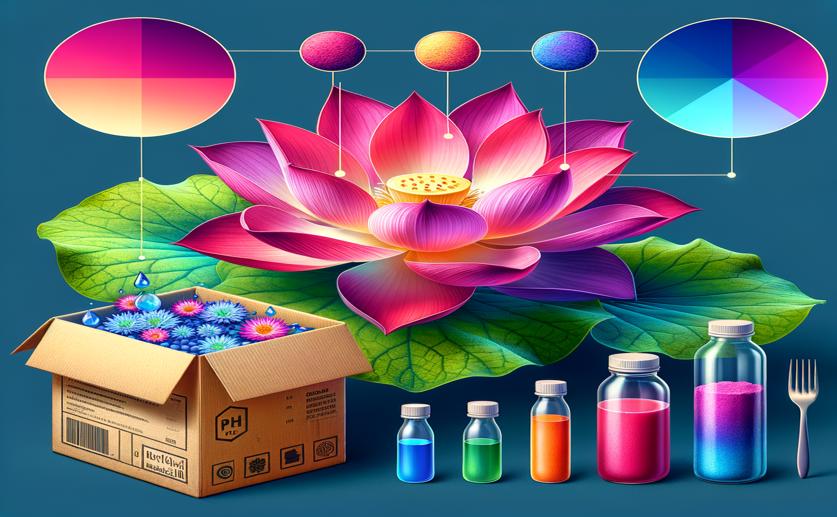
Lotus Flower Extract Films as Sustainable pH Indicators for Food Packaging
Jenn Hoskins
17th June, 2024

Image Source: Natural Science News, 2024
Key Findings
- Researchers at King Mongkut's University of Technology North Bangkok developed an eco-friendly film that changes color to indicate food freshness
- The film, made from alginate, PVA, garlic, and Nelumbo nucifera extract, shows strong interactions between its components, enhancing its performance
- The film changes color from purple to green when food spoils, providing real-time information about food quality and safety
SustainabilityBiotechPlant Science
References
Main Study
1) Nelumbo nucifera flower extract incorporated alginate/polyvinyl alcohol films as a sustainable pH indicator for active food packaging applications.
Published 14th June, 2024
https://doi.org/10.1016/j.ijbiomac.2024.133170
Related Studies
2) Recent advances and future prospects of cellulose, starch, chitosan, polylactic acid and polyhydroxyalkanoates for sustainable food packaging applications.
3) Mango leaf extract incorporated chitosan antioxidant film for active food packaging.
4) Recent advancements in natural colorants and their application as coloring in food and in intelligent food packaging.



 16th February, 2024 | Phil Stevens
16th February, 2024 | Phil Stevens